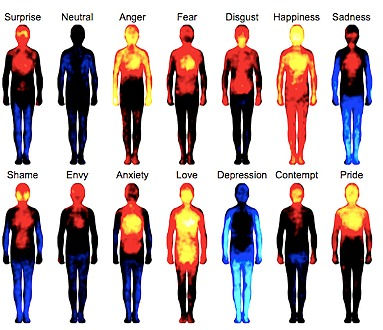UNVEILING THE TRUTH
- Nohemí Chávez

- Nov 14, 2019
- 3 min read

When it comes to examples of free self expression, Latin American culture can be found at the bottom of that list.
Shame is placed upon those who show signs of vulnerability.
Sensitivity is seen as a weakness.
Amongst men, strength can be measured by machista behaviors.
As for women, your honor can be defined by your passiveness and submission.
Being open about your feelings and having emotional intimacy even within family structures is not commonly found. There are certain parts of the human essence that are “turned off” as you age, and which emotions get repressed can oftentimes be correlated with gender. Since a very young age, you are taught to never show a form of weakness. Crying is often met with more punishment or humiliation.
"Sigue llorando, y yo te doy una razón para que verdaderamente llores".
"Los hombres no lloran".
These are all common sayings heard growing up in a Latinx family.
When it comes to the expression of sadness or grief, men are taught to repress their emotions. Crying is seen as "feminine behavior" and because of Latin America's machismo infused culture, the closer you are to a woman, the weaker you are depicted. Unlike men, women aren't judged for being vulnerable--it's what's expected from them. However, the expression of anger or assertiveness are often repressed amongst the female population. In a culture where the male holds primarily all power roles, the voice of a woman is rarely taken into consideration and/or given meaning. "Aggressiveness" and dominance are not accepted or even taught behavior for Latinx women. If any of her actions threaten a male’s role, it is often shut down immediately, or met with greater forms of aggression. In machismo culture, being "dominated" by a woman or "siendo un mandilon" can be one of the greatest forms of shame placed upon a man. Despite the gender borders that define acceptable and non acceptable emotions within Latinx culture, all genders face the same obstacle...repressing our emotions.
Why is this important?
Common reasons why emotions get stuck in the body:
1. When we talk ourselves out of feeling how we really do.
2. When we are isolated at the time of the event.
3. When we have never experienced something similar before.
**Other factors that play a part: social conditioning, trauma, psychological tension and environmental stressors.
We've all had our share of bad life experiences we wish to forget. However, despite them being only uncomfortable moments of the past, how long do these emotions actually follow us?
We commonly find pain and tension in the body area where an expression began but never truly came into being. Even when we try to avoid how we truly feel, our bodies always know the truth. Mind and body are connected, so naturally, trapped emotions can impact us on an emotional AND physical level. For this reason, sickness often follows times of extreme hardship. Organs respond to the energy frequencies of a certain emotion and diseases stem from an imbalance in organs. If we're wise enough to listen to our bodies silent whisper, we can help heal ourselves in a completely healthy way.
Now, where emotions are stored varies from person to person. However, there are general mapped areas where certain emotions are more commonly found than others. (Here are 9 types of muscle tension caused by trapped emotions.)

Emotions are part of the human experience and when not felt, become embodied. Not only do suppressed emotions need to be released, they must also be expressed throughout the body. Here are some sources on how to help flush negative emotions out.
Ways to release stuck emotions:
Mindfulness of body practice:
Healthy emotional expression:





Comments